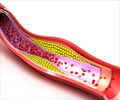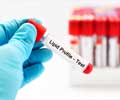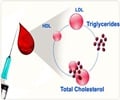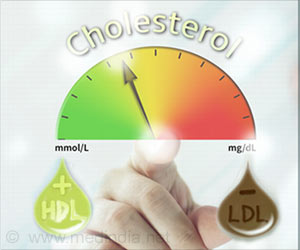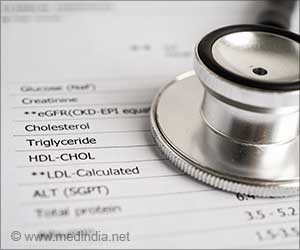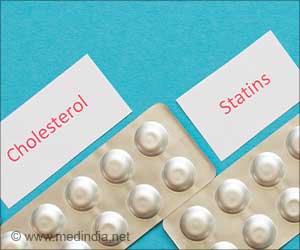According to a report published online this week in EMBO, low-density lipoprotein (LDL), a transporter of cholesterol, may also contribute to vascular diseases.
According to a report published online this week in EMBO, low-density lipoprotein (LDL), a transporter of cholesterol, may also contribute to vascular diseases by a previously unidentified mechanism. The study reveals a link between native LDL (nLDL) and the vascular endothelial growth factor receptor 1 (VEGFR1), which plays a central role in blood vessel formation.
LDL is responsible for transporting cholesterol from the liver to peripheral tissues. During transit in the blood, cholesterol can be deposited causing the formation of plaques that lead to hardening of the arteries. Vascular diseases such as thrombosis, stroke and heart attacks are associated with this condition, and are attributed to eleven deaths every hour in the UK alone.Using cell lines and mouse models, Yoshiro Maru and colleagues found that when nLDL is bound to the LDL receptor, it can activate VEGFR1 and accelerate migration of macrophages, scavenger cells that accumulate in the plaques. Both effects could contribute to the progression of the plaques and blocking of the arteries. The authors hope that their discovery of the link between VEFGR1 and nLDL could be exploited as a potential therapeutic target for medical applications.
Source-Eurekalert
GAN/V



